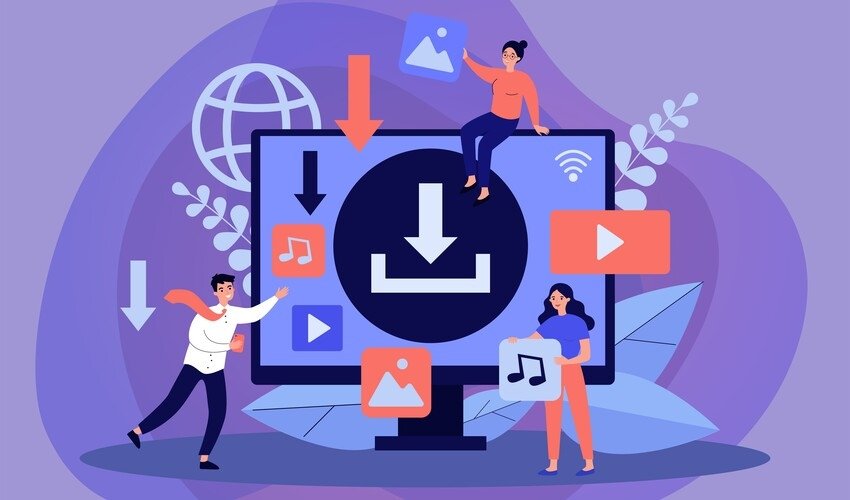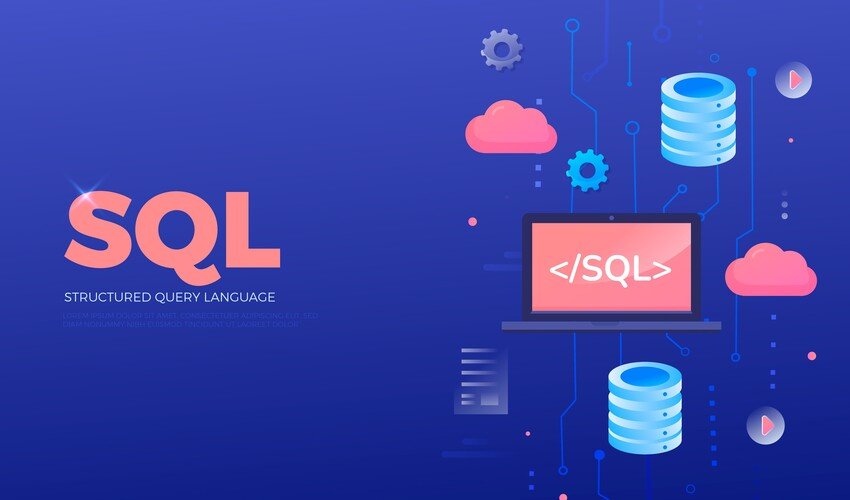The process of developing an application specifically for mobile devices is called Mobile app development. These mobile applications can be delivered using server-side or client-side processing or pre-installed during manufacturing. Mobile app development has been growing consistently in revenues and jobs created. It is said in the Statista survey that in 2019 the number of mobile phone users in the world may pass the 5 billion mark.
iOS and Android applications are the most used applications. Developing iOS and Android OS is not so difficult or complex when in comparison with OS fragmentation. But iOS seems easier as it is limited to iPad, iPod, iPhone devices while Android has a wide range of operating systems.
The key differences between Android and iOS app development are:
- OPERATING SYSTEM: One of the major differences between Android and iOS development is their operating system – while Android is an open operating system and is developed by Google, the latter a closed operating system developed by Apple Inc.
The Android operating system is written in C (core), C++, and Java(UI) was released on 23rd September 2008. Apple was released on 29 June 2007 for iPhone and later included iPhone, iPad, and iPod Touch. Although Android was designed for touchscreen input, now it is also used in games consoles, digital cameras, regular PC’s and many other electronic devices.
A recent survey conducted in 2015 revealed that Android is considered a ‘priority’ target platform by 40% of full-time professional developers. On the other hand, Apple says its contribution to iOS in smartphone mobile operating system units is 21%.
- PROGRAMMING LANGUAGE: Android and iOS run on different programming languages. This is one of the biggest differences. iOS runs on Objective-C or Swift, while Android runs on Java. For developing an Android application, programmers need to write a lot of code.
Eversince swift was introduced in 2014, iOS app development became a fast process as it required less coding.
- INTERFACE: Interface is the visual difference between developing an Android or iOS application end user. The developer builds XML files onto Android interfaces during the technical level. These are vastly similar to iOS’ XIB files.
iOS animation’s quality exceeds Android quality. By starting an app design trend called Material Design, Google tried to fix this. Apple emphasizes more on powerful, complex, and soft animations by looking at the user experience and its aesthetics. On the other hand, Google is determined to focus on the hardware instead of these aspects.
- SPEED AND COST OF DEVELOPMENT: Android application development is more time consuming and slow due to OS fragmentation.
Coming to the cost of building an application – on the basis of required business needs firstly, you need to decide on which platform you are going to work, select the best team, and fix the rough estimated time. The fact is the more time you spend, the higher it costs.
- SAFETY: As an operating system, Android is much more open in comparison to iOS so your application can be susceptible to cyber-attacks and malware incidents from third parties. The Google play store also has many fake applications promoting misleading content on it.
When it comes to imposing security checks at the time of installation, Android has minimal security checks, and if you pair that with a high level of device fragmentation you can assume that there will be frequent breaches.
iOS, on the other hand, keeps all your information secure and does not reveal it to any third parties. The security checks imposed by Apple are stricter and there are no fake applications on the App store.
- APP MONETIZATION: In comparison to Android applications, iOS applications bring in more revenue and higher incomes. This is because iOS users are more likely to spend their money on your application. However, Android app developers can also get a steady income because of the high volume of Android device users.
- DEVICE: The main objective of Apple is to maintain control over their devices and software. iOS applications are only available on a limited range of Apple devices such as iPhones, iPad, and so on. While this ensures security and privacy, innovation in terms of UX design is limited.
Android applications can be downloaded on any device. There are many Android device manufacturers like Samsung, Vivo, Oppo, Oneplus, Honor, Huawei, and so on. This is beneficial for manufacturers as they have control over developing the UX design.
- APP TESTING: Clearly, Android and iOS applications need to be designed and developed differently and that must be in line with the characteristics of the respective operating systems.
To test your application you can use either the iOS simulator or the Android Emulator. Many developers have noticed that even though the iOS simulator is faster, it does not always show a realistic representation of how your application will work. It goes without saying that the Android Emulator though slow is more accurate.
In conclusion, these are the main differences between the Android and iOS platforms you should consider before developing your mobile applications. Understanding these platforms will assist you in the development process and help you optimize your applications accordingly.

Sameer Mehta is a blogger and entrepreneur and writes on technology and lifestyle related topics. He has more than 15 years of experience across technology, consulting and marketing. He has written for Entrepreneur, West Agile Labs, Exegy Consulting, Jewellerista, etc.





